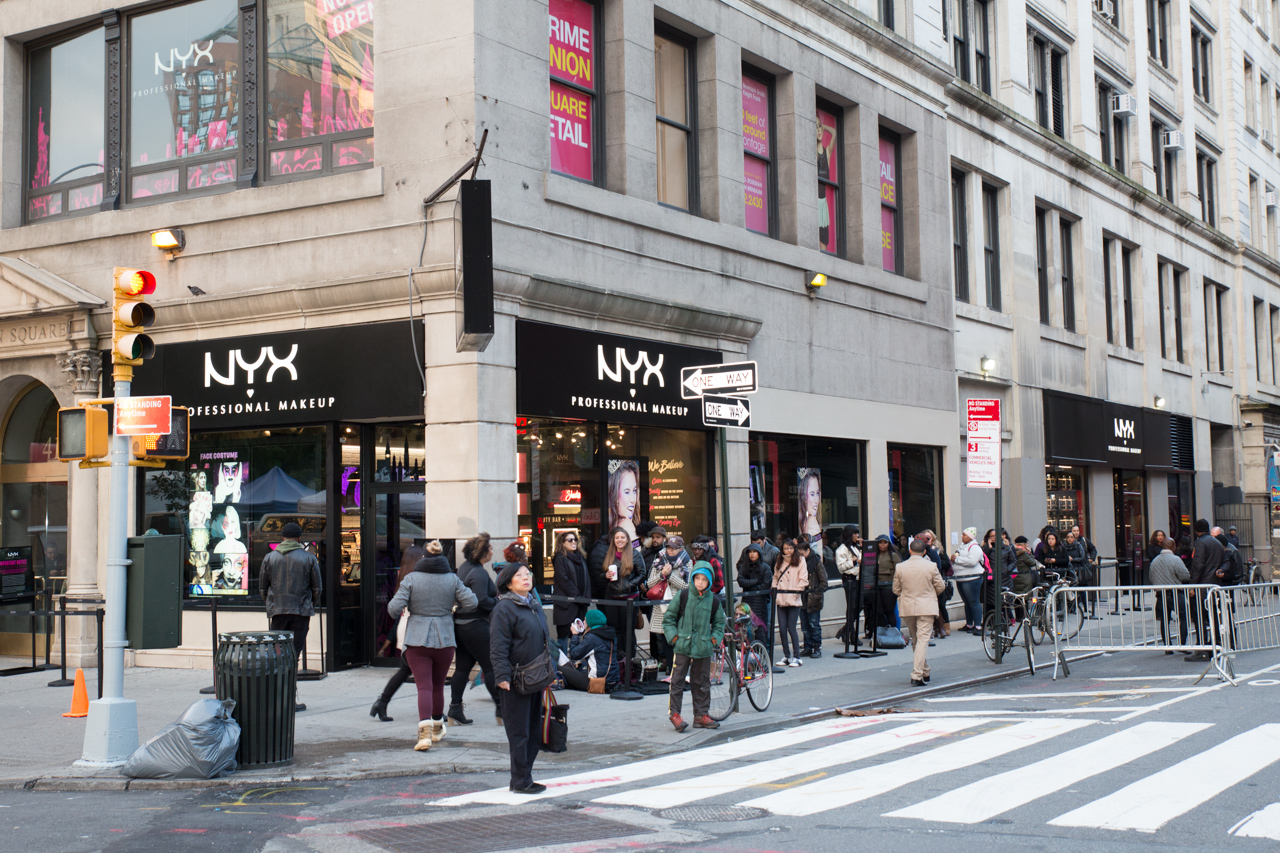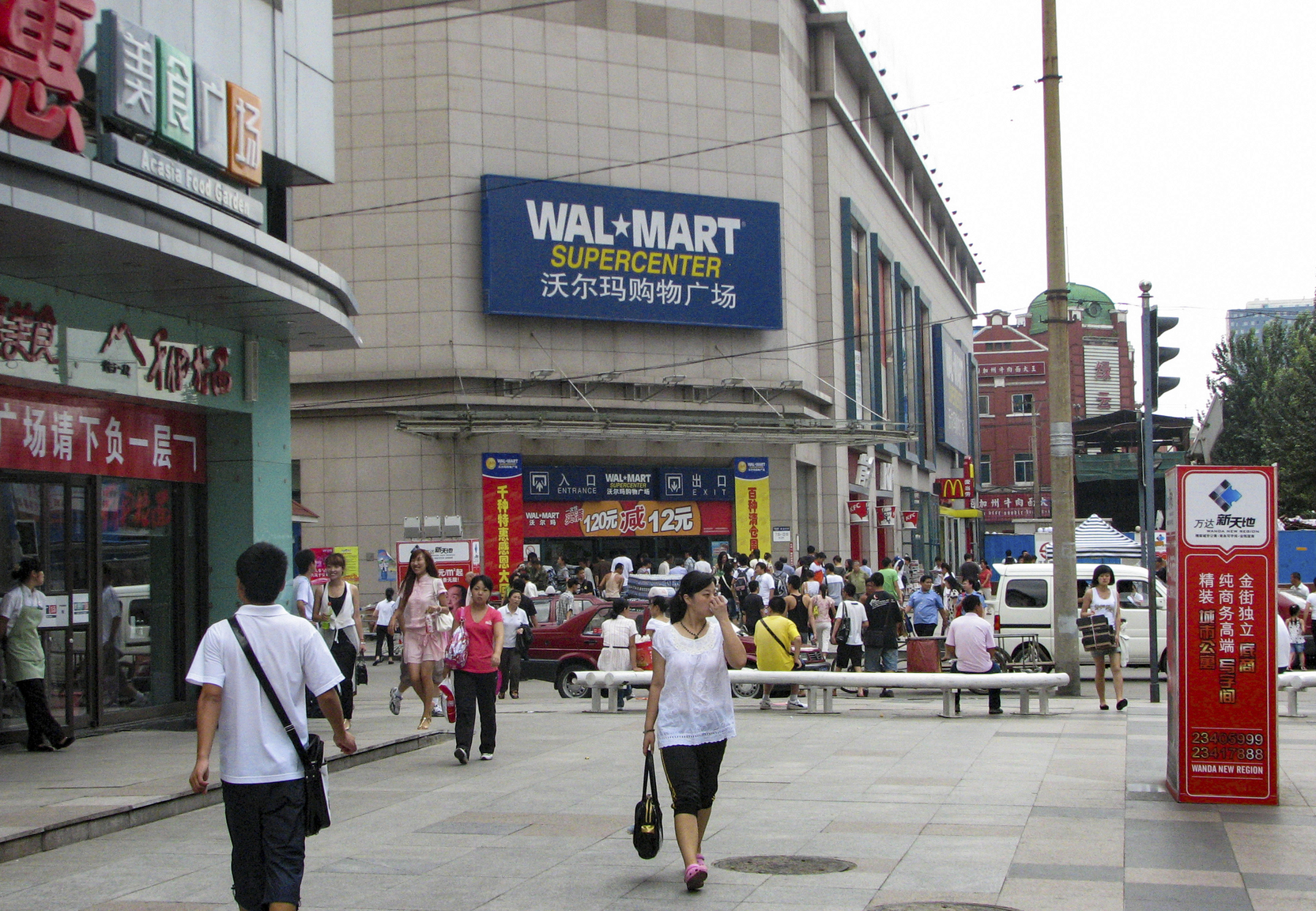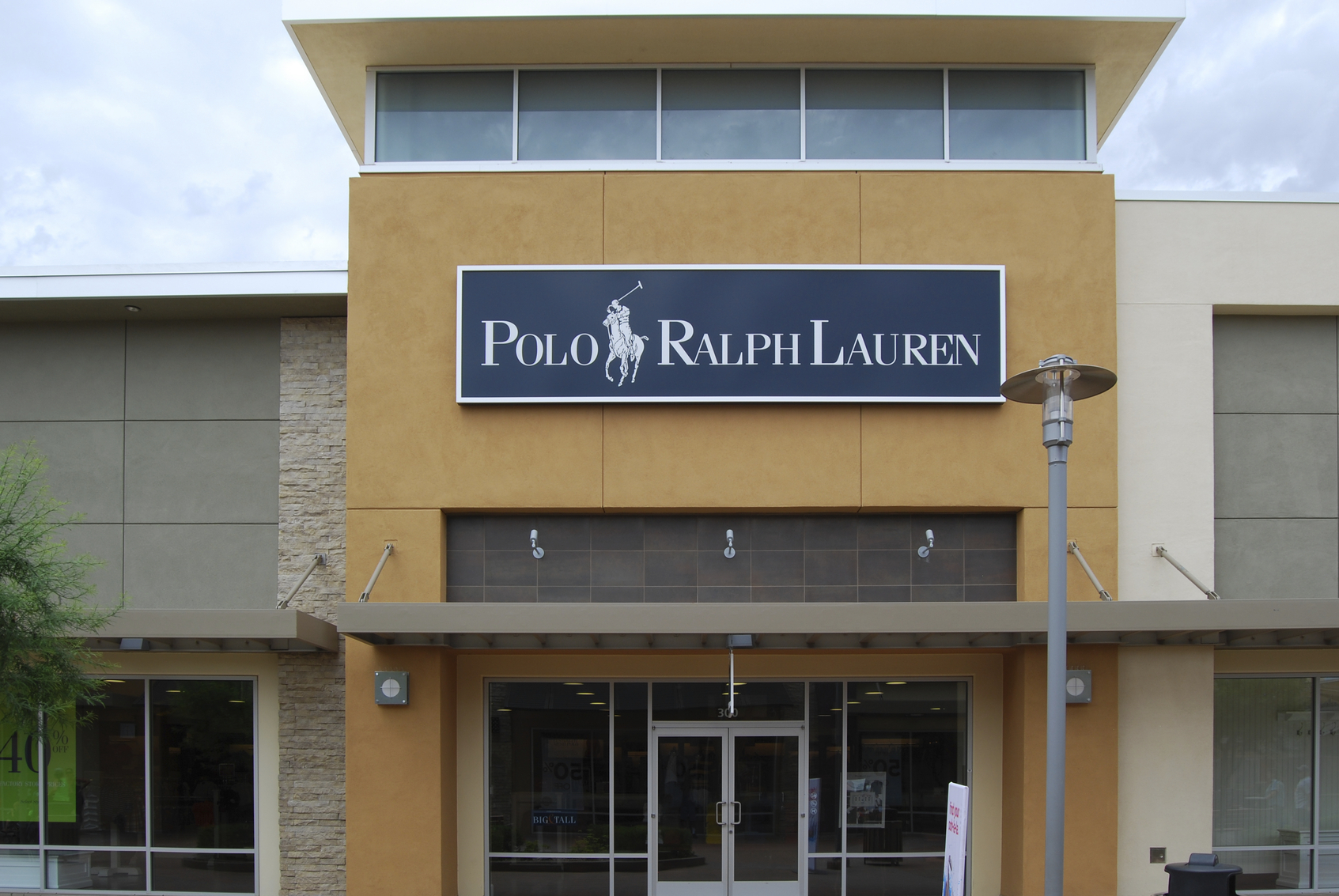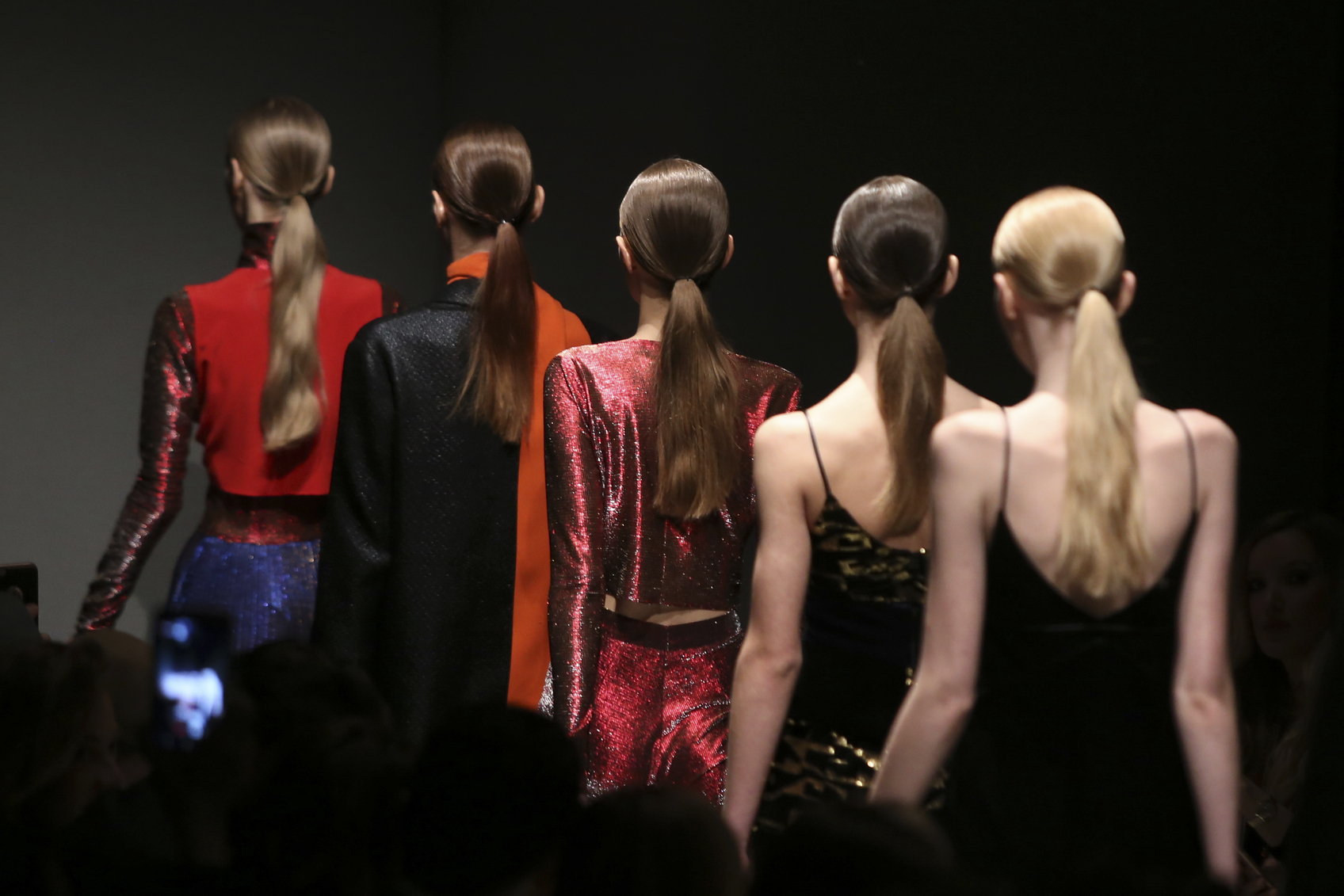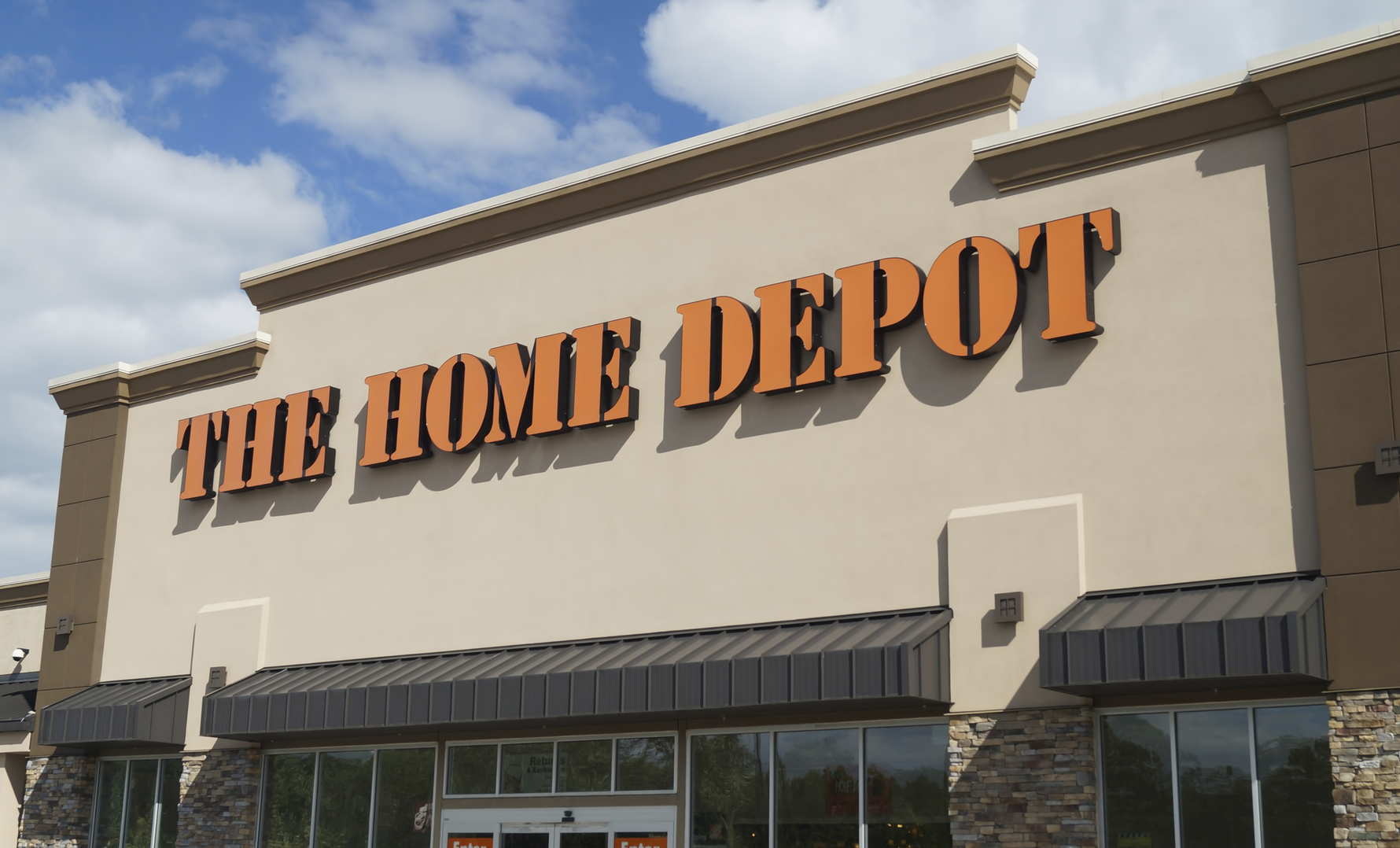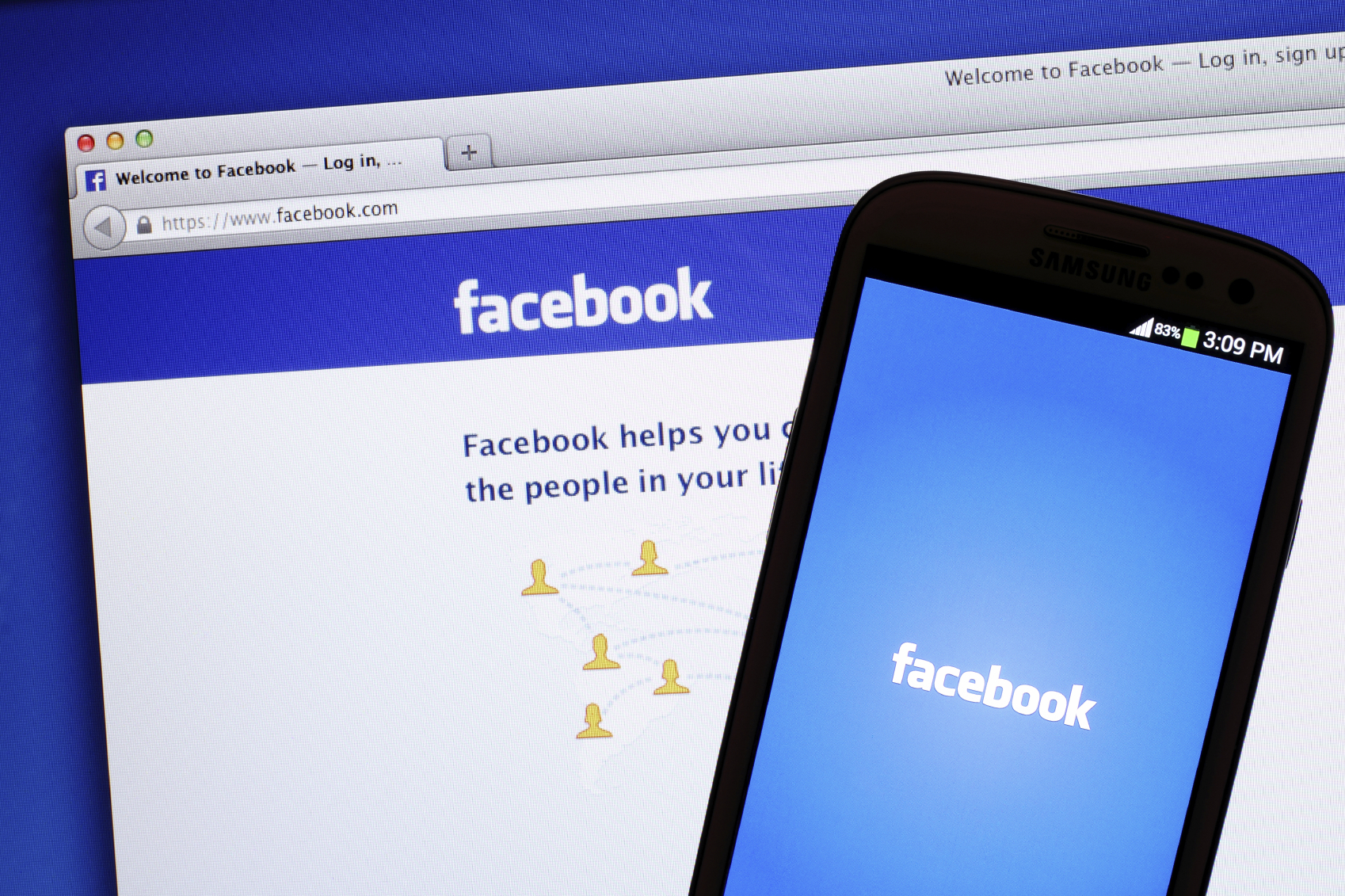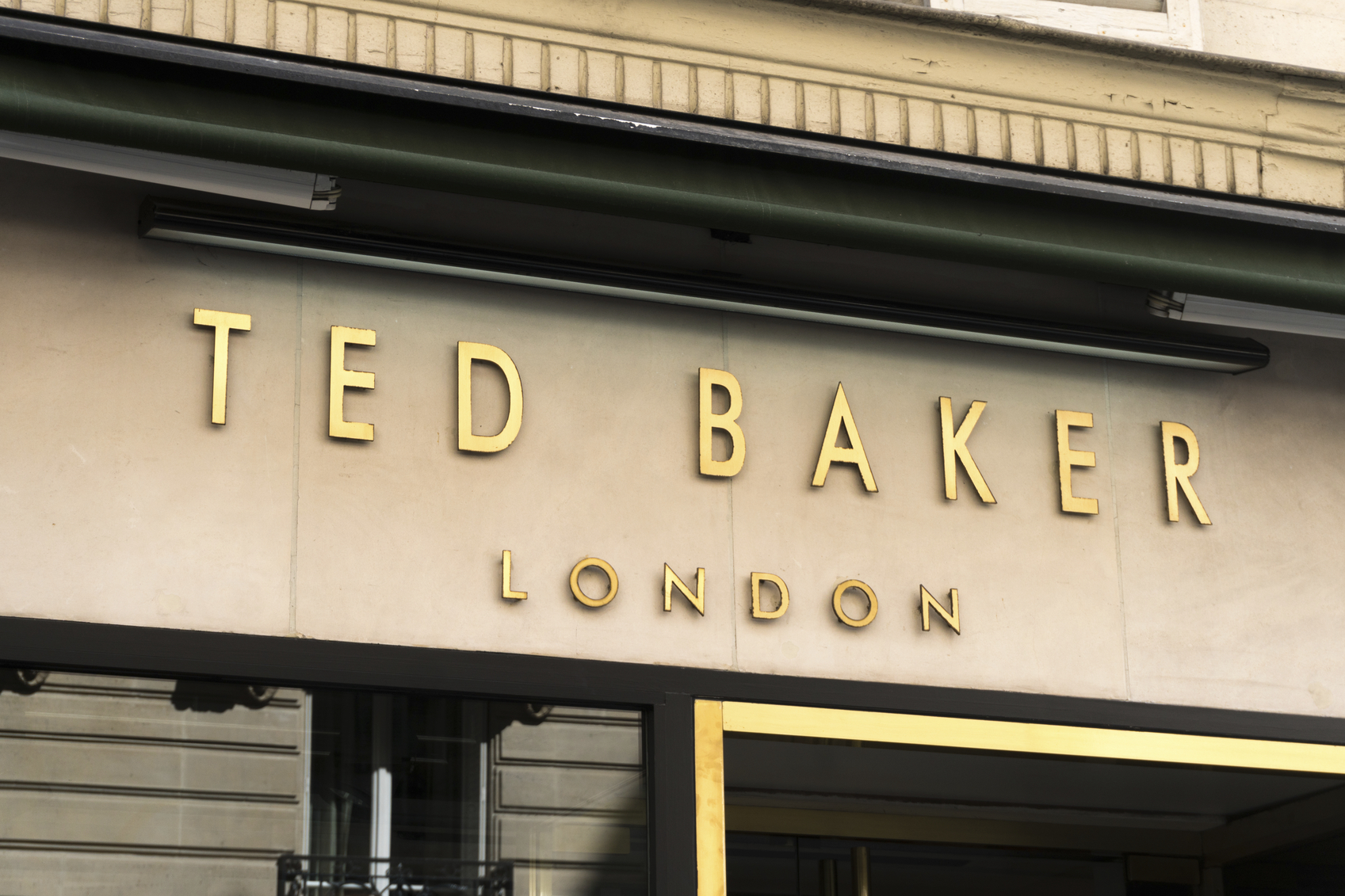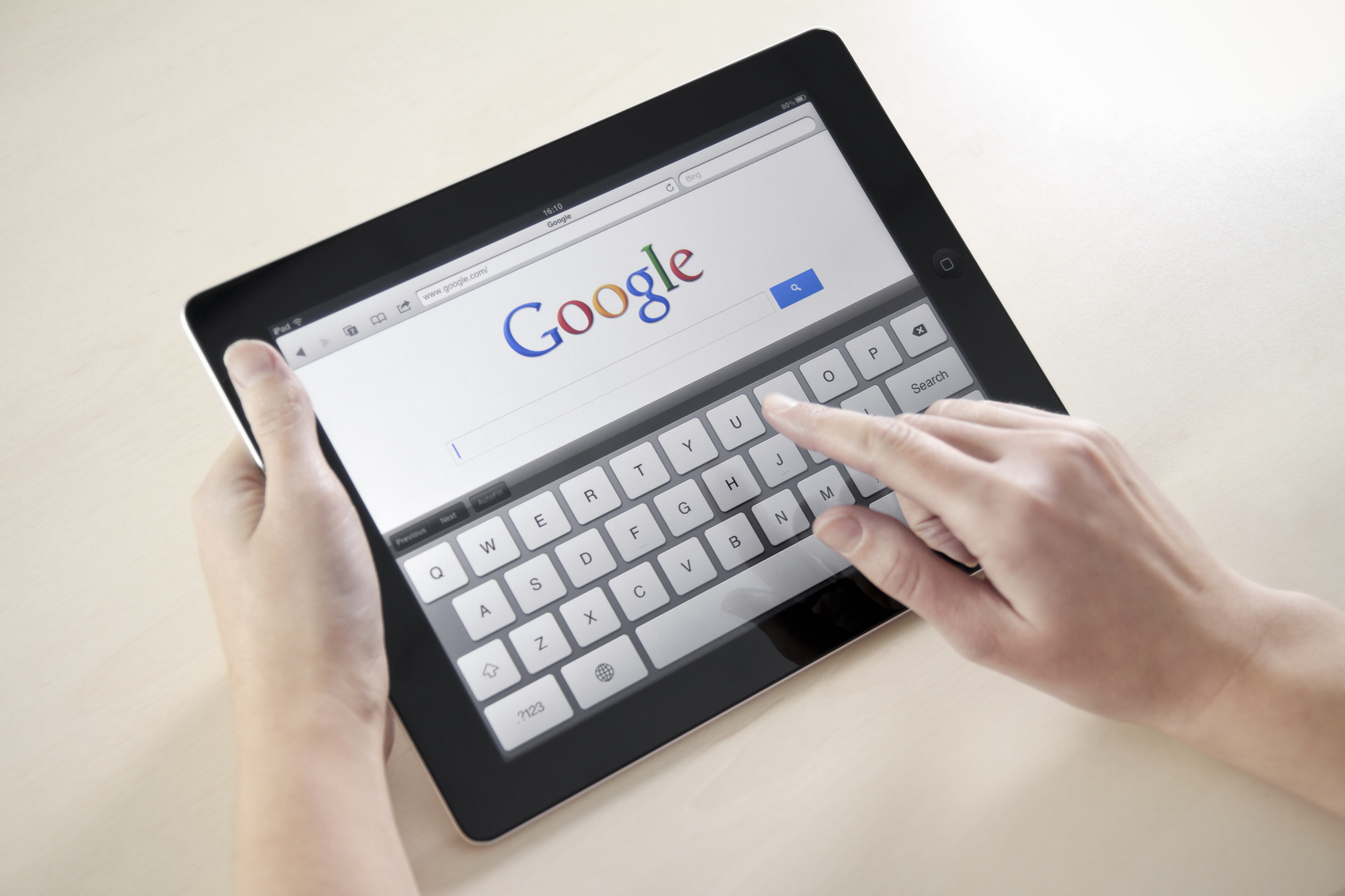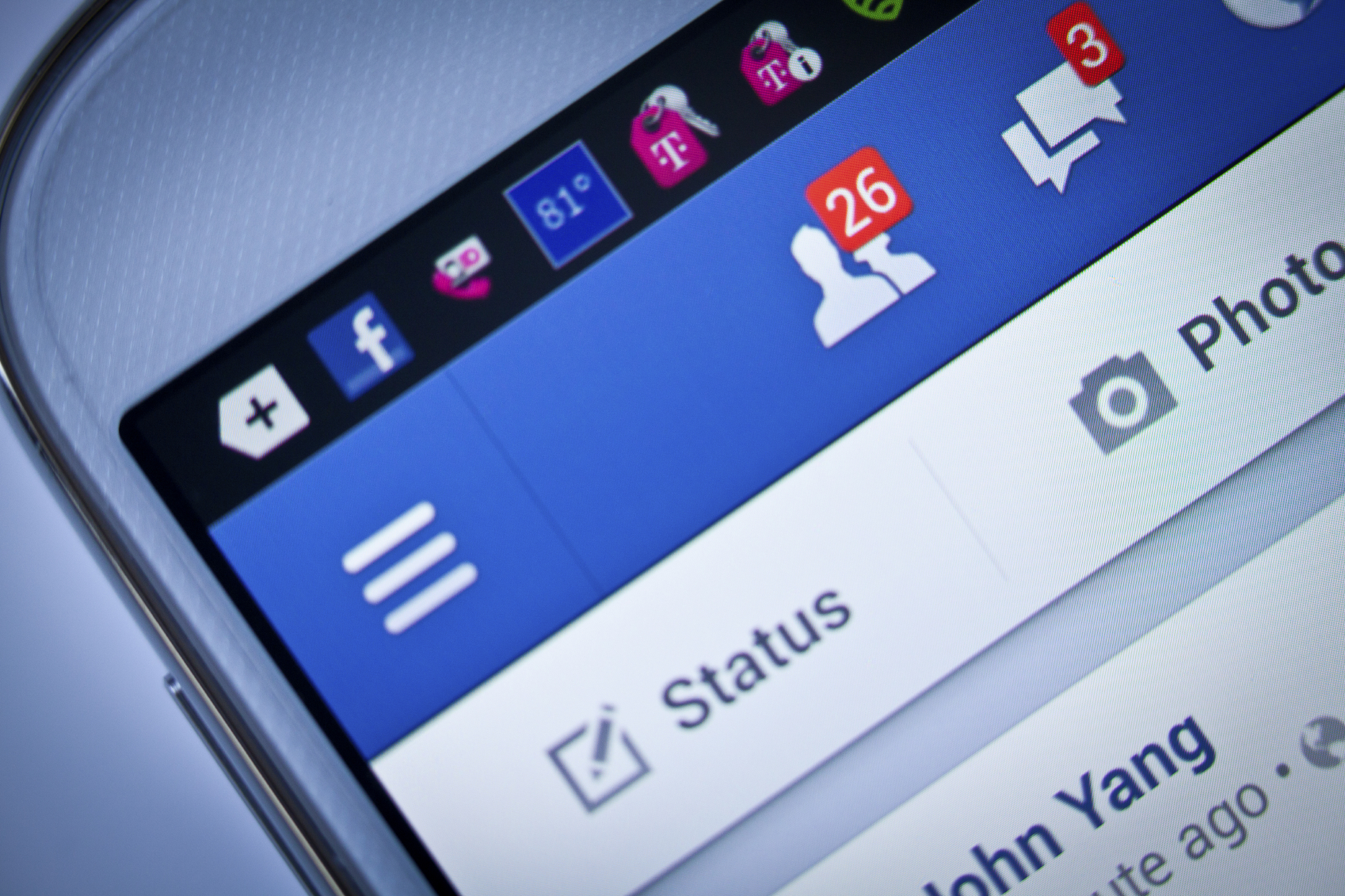This morning, NYX Professional Makeup opened their first-ever flagship store in Union Square, New York City. A huge line of fans and makeup enthusiasts waited for hours to be among the first to see – and touch – the store, which combines innovative technology with a hands-on educational environment to provide consumers with first-of-its-kind digitally-enhanced makeup experiences.
These in-store retail experiences were created by IPG Media Lab, who has been working closely with the NYX team for well over a year. Some of these experiences – such as the exclusive in-store Beauty Bar which is an interactive makeup station featuring custom video tutorials, a trending wall featuring UGC content centering around the latest looks, and a unique shopping tool which allows users to scan a product and bring up photos of what that specific shade looks like on real people – have been already available in recently opened NYX stores. A Palette Bar experience educates users on how to build an eyeshadow palette and, in this flagship store, also guides users to their chosen colors with pink and white wayfinding LED lights.
Unique to the Union Square store are three brand-new experiences, including a Brush Bar and a Lash Bar, each of which help demystify subjects consumers find especially challenging. Users don’t need to leave that knowledge in the store, however. They can also choose which of the exclusive video tutorials they’d like to have at home for future reference.
The centerpiece of the Union Square store, however, is Colorcast, an eye-grabbing sculpture made from 48 cascading iPads. The Lab collaborated with Brooklyn-based Red Paper Heart to design this dramatic interactive installation, which is also a work of art. The digital sculpture scans the colors of your outfit and reflects back the makeup artistry that feature those shades. Shoppers will also be able to filter the community content based on hair color, eye color, or iconic NYX products.
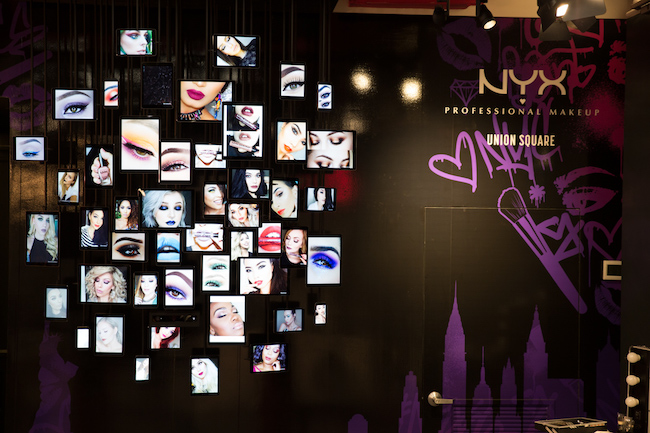
The NYC flagship store also features a Masterclass area where influencers and experts teach classes on makeup artistry. Through a combination of in-store classes and digital classes, NYX’s goal is to help shoppers embrace their personal style and give them the tools and knowledge to express their own artistry.
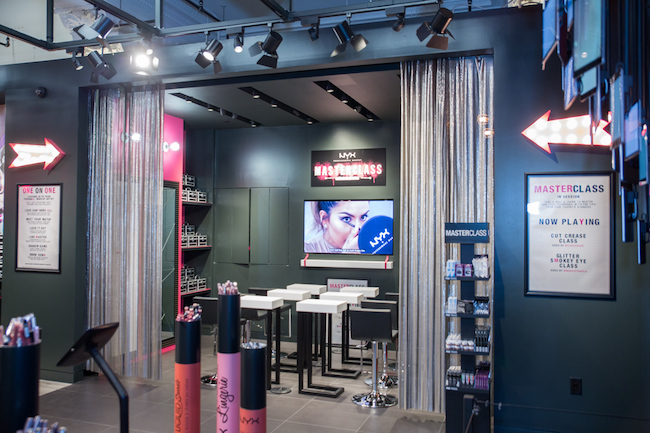
The NYX NYC flagship store is located at 41 Union Square West, New York City. Opening weekend features meet-and-greets with some of today’s most popular beauty influencers from YouTube and Instagram, including Kandyee Johnson and Mac Daddy as well as exciting prizes and limited-edition collectibles for customers.
Come by and check out what the future of beauty retail looks like!
